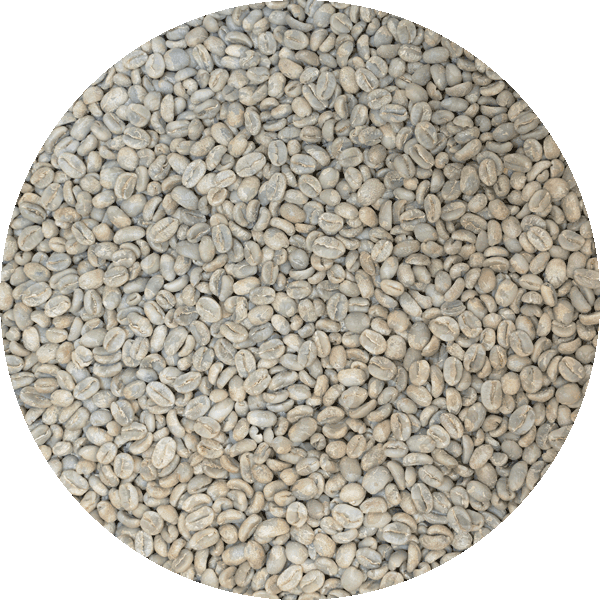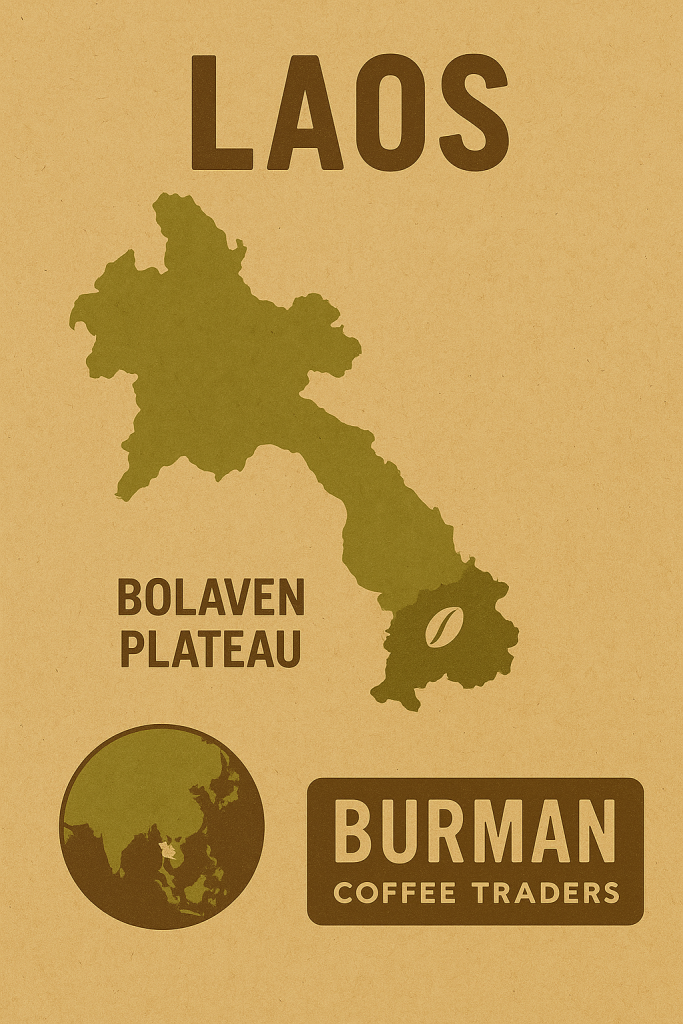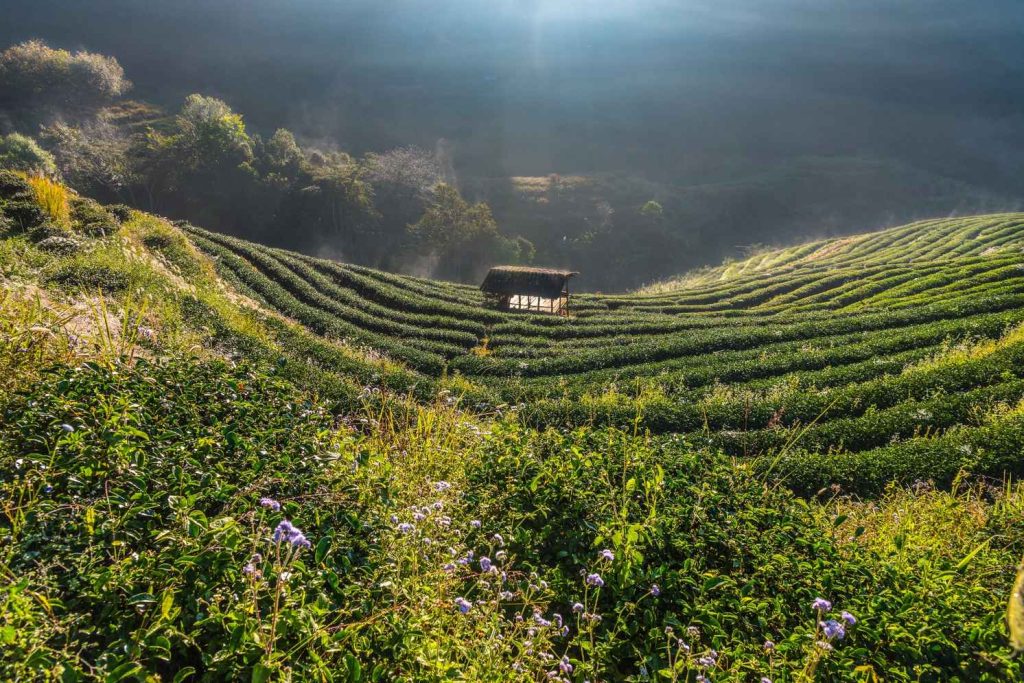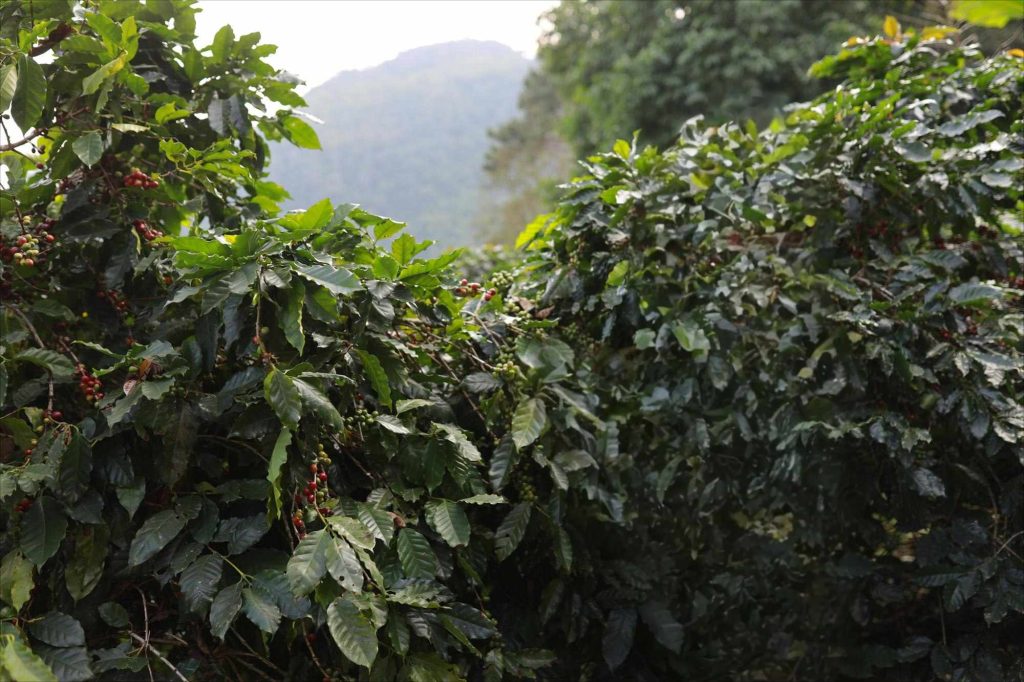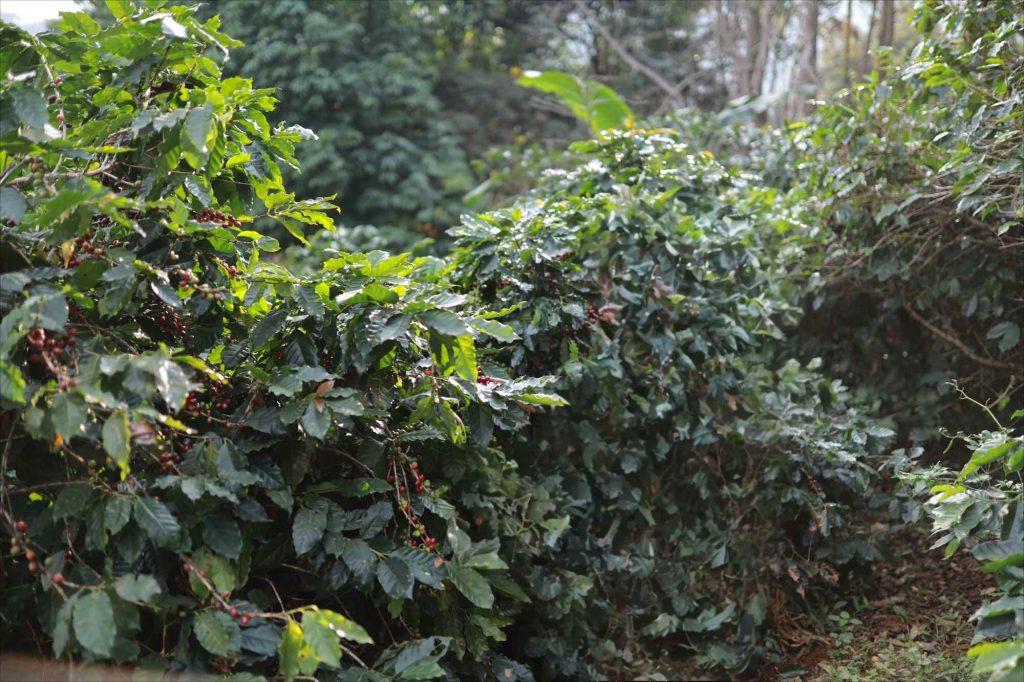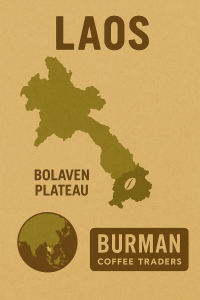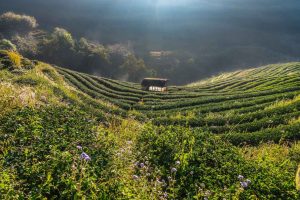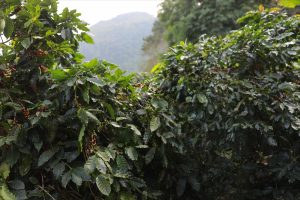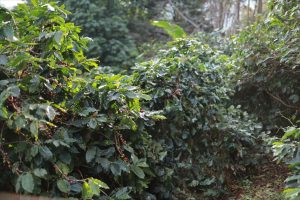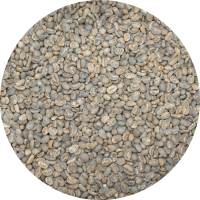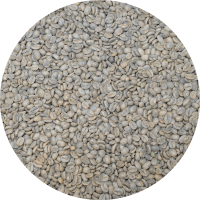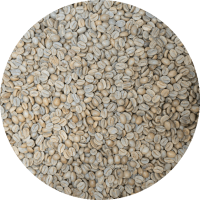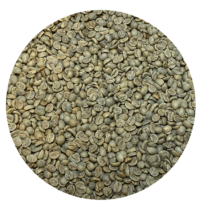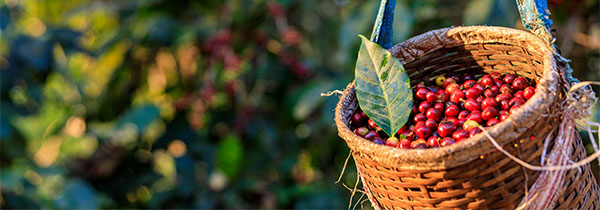Description
This is our first Laos coffee and a very fun one at that! Laos generally produces Robusta coffee, but these two wonderful lots we got are both Arabica, unique for the area. This Naga coffee is a grade 1 Arabica that is fully washed with 14 and up screen size; 100% Typica beans. Typica is one of the oldest Arabica cultivars and the ancestor of many modern varieties, prized for its clean, sweet profile, less acidity and more traditional nuttiness. These wonderful lots underscore why Laos is fast emerging as a specialty origin to watch. This one makes a great daily drinker, while the Gesha is more of an exotic.
Grown by smallholders, the coffee spans from Paksong, the plateau’s coffee capital, to the southern edge where the Nonglouang River plunges over the Tad Kameud Waterfall. These farms belong to seven villages Nonglouang, Lassasin, Xenamnoi, and others that form the Xekatham Estate. Plantations sit at 800–1 350 m a.s.l. on rich volcanic soils under a cool tropical climate ideal conditions for cup quality.
Tasting Notes: We found this cup best from medium to dark roasts. Medium roasts have a sweet and nutty tone, mixing with a pinch of crispness and semi-roasty chocolate factor. Creates a cool burnt sugar, or roasted caramel like tone. Medium bodied and lower acidity, very easy drinking coffee with a bit of uniqueness behind it. Very different from the Gesha offering, a fun contrast. Strong medium to dark roasts bring out some wonderful spice notes within the richer nutty & chocolate notes. A bit reminiscent of Indian coffee, but smoother and sweeter. A more potent brew on the roasty tasting side as you touch or go into second crack but all the tastes roll together nicely including some smokiness.
Roasting Notes: An easy to roast bean, even roasting with medium chaff levels. We would avoid light roasts due to some dry peanut like tones but develops nicely into the burnt sugar or caramel like as you push the roast just a bit. A little longer setup smooths out the cup but tasty even the next morning. Looks for just a hint of sheen on the surface to mark medium roast points.
The Bolaven Plateau home to 95% of Laos’s coffee is threaded with rivers that flow west toward the Mekong and receives plentiful rain for much of the year. Its altitude, moderated temperatures, and mineral-rich volcanic soils yield specialty harvests with strong growth potential.
Ripe cherries are selectively hand-picked, depulped now often with hand-cranked pulpers that let farmers sell parchment for higher earnings then undergo controlled fermentation, triple washing, and sun-drying on raised beds to 10–11 % moisture. Screen 14+ ensures large, even beans ready for precise roasting.
Coffee arrived in Laos with the French in 1915 and took hold on the plateau in the 1920s. Today, initiatives like Naga support the national shift from Robusta to high-quality Arabica, positioning Laos as an emerging origin in the specialty-coffee market.
